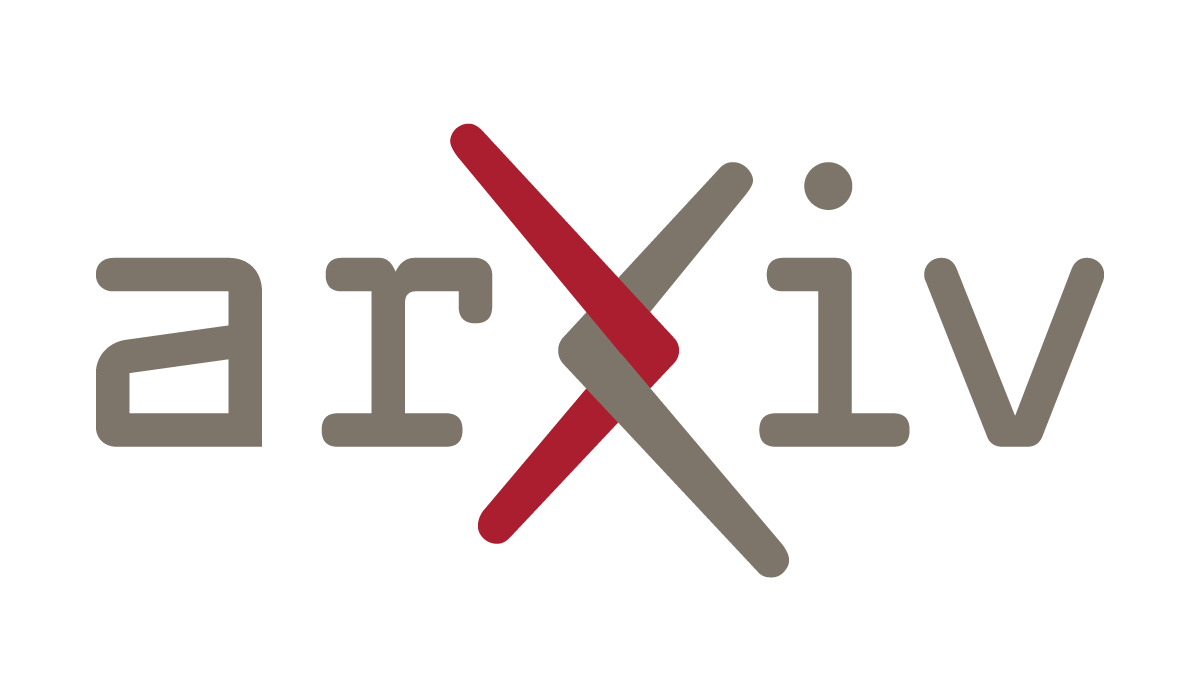How AI agents change teamwork dynamics and what it means for deployment strategy
MIT study of 2,310 participants reveals AI collaboration increases communication 137% while reducing social coordination costs, creating new opportunities and risks for product teams.

Ju, Harang, and Sinan Aral. "Collaborating with AI Agents: Field Experiments on Teamwork, Productivity, and Performance." Massachusetts Institute of Technology, March 25, 2025
I think this MIT study changes how we should think about deploying AI agents in collaborative workflows, especially given the stark differences it reveals between human-AI and human-human team dynamics.
The research from Harang Ju and Sinan Aral at MIT represents the largest controlled experiment to date examining real-time collaboration between humans and AI agents. Using their custom MindMeld platform, they randomly assigned 2,310 participants to either human-human or human-AI teams for ad creation tasks. The teams exchanged 183,691 messages and created 11,138 ads, generating over 4.9 million impressions in field testing. This wasn't just another productivity study—it captured every keystroke, message, and edit to reconstruct how collaboration actually works when AI agents become active team members rather than passive tools.
The communication patterns alone should reshape how we design collaborative AI systems. Human-AI teams sent 45% more messages than human-human teams, but the nature of those messages fundamentally shifted. Humans working with AI sent 23% fewer social messages while dramatically increasing content- and process-oriented communication. The AI and humans in these teams sent more messages containing suggestions, instructions, prioritization, and planning. Meanwhile, human-human teams spent significantly more energy on rapport building, self-assessment, and emotional exchanges.
This communication shift enabled remarkable productivity changes. Individual participants in human-AI teams produced 60% greater output than their human-human counterparts, while team-level productivity remained comparable. The mechanism becomes clear when you examine the editing patterns: human-AI teams made 84% fewer direct copy edits because the AI handled much of the iterative text refinement through conversational interaction. Instead of manually tweaking copy, humans delegated revisions through instructions and suggestions to their AI partners.
For product teams, this suggests AI agents don't just automate tasks—they reorganize how work gets done. The reduced social coordination costs freed humans to focus on content generation and strategic decisions rather than managing interpersonal dynamics. This has profound implications for how we structure collaborative workflows and what skills become most valuable in human-AI teams.
The quality outcomes reveal both opportunities and risks that product leaders need to understand. Human evaluators consistently rated text from human-AI teams as higher quality, while rating images as lower quality. AI evaluators showed the same pattern for text but found image quality equivalent across team types. Field testing with real ad campaigns confirmed these lab findings: ads with higher text quality (predominantly from AI collaborations) and higher image quality (predominantly from human collaborations) both performed significantly better on click-through rates and cost-per-click metrics.
This quality differential isn't surprising given current AI capabilities, but it creates specific challenges for multimodal products. GPT models excel at text generation but struggle with visual quality prediction and creation. The researchers found that AI agents' proficiency in writing high-quality copy actually disadvantaged human-AI teams in visual dimensions because participants relied too heavily on AI judgment for image selection and generation.
The personality research adds another layer of complexity that product teams should consider. The researchers randomized AI agents to display high or low levels of Big Five personality traits and found significant interaction effects with human personalities. Conscientious humans paired with open AI agents improved image quality, while extroverted humans paired with conscientious AI agents actually reduced quality across text, images, and predicted clicks.
These personality interactions weren't just academic curiosities—they showed up in real advertising performance. Conscientious humans saw 0.088% higher click-through rates, but this advantage disappeared if their AI was prompted to be neurotic. An agreeable AI reduced cost-per-click by $4.78, but this benefit reversed for extroverted humans. The implications for personalization and customization are significant: AI agents tuned to complement specific human traits can meaningfully improve outcomes.
So what does this mean for how we deploy AI agents in our products? First, we need to rethink quality assurance for multimodal outputs. The text-image quality tradeoff suggests we can't treat AI collaboration as universally superior. We'll need different oversight mechanisms and potentially hybrid approaches where AI handles text-heavy tasks while humans retain more control over visual elements.
Second, the communication pattern changes suggest we should design AI agents to explicitly reduce social coordination overhead rather than simply adding another voice to existing team dynamics. The most successful human-AI teams in this study worked more efficiently precisely because they spent less time on rapport building and more time on task execution. This argues for AI agents that actively streamline decision-making rather than mimicking human social behaviors.
Third, the personality research opens up possibilities for truly personalized AI collaboration. Rather than one-size-fits-all AI agents, we could develop systems that adapt their communication style and working approach based on human team members' personality profiles. The performance differences were substantial enough to justify the additional complexity.
The legal implications are equally important. The study shows AI agents becoming genuine collaborators rather than tools, which complicates questions of accountability and ownership. When an AI agent actively participates in creative work—generating content, making suggestions, influencing decisions—traditional frameworks for attributing responsibility become murky. We'll need clearer policies about human oversight requirements, especially for outputs that will be publicly deployed.
The field testing also raises questions about AI transparency in consumer-facing applications. The ads created by human-AI teams performed similarly to human-created ads, but consumers had no indication of AI involvement. As AI collaboration becomes more prevalent, we may face regulatory pressure for disclosure requirements, particularly in advertising and content creation contexts.
From a competitive perspective, the productivity gains are significant enough to create advantages for organizations that deploy AI agents effectively. The 60% individual productivity improvement isn't just about doing the same work faster—it's about fundamentally reorganizing how collaborative work happens. Organizations that master human-AI collaboration could achieve sustainable competitive advantages, but only if they address the quality control and personalization challenges the research identifies.
The study's limitations also matter for implementation decisions. The experiments focused on short-term collaboration in controlled settings. We don't know how these dynamics evolve over longer periods or in more complex organizational contexts. The personality effects, while statistically significant, might not translate directly to real workplace settings where team compositions and task requirements differ substantially.
The most actionable insight from this research is that successful AI agent deployment requires rethinking the entire collaborative process, not just adding AI capabilities to existing workflows. The teams that performed best didn't just use AI as a more advanced tool—they developed new patterns of communication and task division that leveraged AI strengths while compensating for its weaknesses. This suggests that training and change management will be critical success factors, not just technical implementation.
Overall, this research validates the transformative potential of AI agents while highlighting specific areas where careful design and governance will determine success. The productivity gains are real and substantial, but they come with new quality assurance challenges and require thoughtful approaches to personalization and human oversight.

TLDR: This paper, titled "Collaborating with AI Agents: Field Experiments on Teamwork, Productivity, and Performance," introduces MindMeld, an experimental platform designed to study human-AI collaboration in real-world, integrative workspaces. The study involved 2,310 participants in human-human and human-AI teams, producing over 11,000 ads for a think tank, and meticulously logging all interactions.
Key findings reveal that collaborating with AI agents significantly reshapes teamwork dynamics and enhances productivity:
• Increased Communication, Shifted Focus: Human-AI teams sent 137% more messages (45% more from individuals in Human-AI teams) compared to human-human teams. This communication was predominantly content- and process-oriented, with humans on human-AI teams sending 23% fewer social messages. This suggests a reduction in social coordination costs.
• Workload Shift & Efficiency: Humans in human-AI teams focused 23% more on text and image content generation messaging and 20% less on direct text editing, leading to an 84% decrease in direct copy edits due to LLM proficiency.
• Productivity Gains: Human-AI teams produced a similar number of ads overall as human-human teams, but with 60% greater productivity per worker (70% more ads at the individual level). AI collaboration also led to higher ad copy completion rates, particularly benefiting lower-performing participants.
• Quality Trade-offs: While human-AI teams produced higher-quality ad copy, they produced lower-quality images, suggesting that current AI agents (GPT-4o in this case) may require fine-tuning for multimodal workflows. AI evaluations rated text and clicks higher for human-AI ads, but human evaluators noted the image quality deficit.
• Impact on Real-World Performance: In field tests with nearly 5 million impressions, ads created by human-AI teams performed similarly to human-human teams on click-through rate (CTR) and cost-per-click (CPC) metrics. Text quality was a significant driver for higher CTR and longer view duration.
Crucially, the study also randomized AI personality traits (Big Five) through prompt engineering, revealing that AI traits can complement human personalities to enhance collaboration, productivity, and quality. For example, conscientious humans paired with open AI agents improved image quality, while agreeable AI paired with extraverted humans increased submissions. Conversely, some pairings (e.g., extraverted humans with conscientious AI) reduced quality. This highlights the potential for tailored AI agents to optimize team performance.
Overall, the results indicate that AI agents can significantly improve teamwork and productivity, particularly when their design and "personality" are tuned to align with human traits and task requirements. The study provides actionable insights for organizations deploying AI in collaborative environments, emphasizing the need to optimize personality fit and understand AI's strengths and limitations in multimodal tasks.


